Happy 404 Day, indeed. Roland has a huge update to the SP-404MKII, adding some of the best of the Roland stable to turn the 404 into a live-looping, sampling, multitrack-exporting, bassline-making, app-connected powerhouse – and it finally grooves. Plus, in a surprise twist, Roland is connecting to the third-party Koala iOS/Android app. Let’s break down 4.04.
Anyone covering Roland for a while faces dates like 303, 404, 808, and 909 with dread. Sometimes, you get major product news. Sometimes you get, like… socks. (I’m joking, but – yeah, I just checked, and you can get Roland Lifestyle tube socks, so I’m not really joking.)
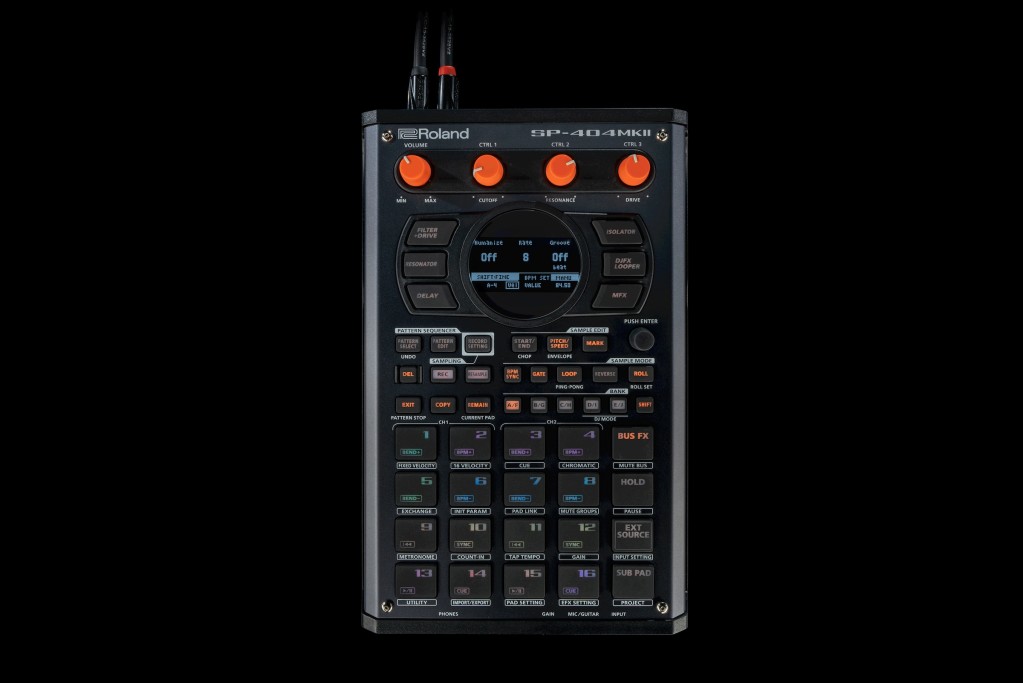
This is major, major product news. The MKII was already a brilliant update to the SP-404 range – thoroughly improved yet still familiar to 404 lovers. That’s important because even though it might not win over the uninitiated, 404 players treat this box like an instrument.
Our friends in Hamamatsu have really come through for Roland loyalists and ticked some boxes. Wouldn’t it be great if a 404 could sample like an SP-555? And what if it had the groove manipulation features with audio from the VP-9000 VariPhrase? Or to translate that into terms that make sense for people who did not get sucked into contributing to a Roland book, what if a 404 could be even more of an all-in-one inspirational box?
Here’s what’s in the 4.04 firmware (the fourth-generation OS for the MKII):
This is not a review – only just now grabbing the firmware and testing it, but here’s what I know!
Loop Capture. Capture and layer audio both by resampling internal samples and sampling external instruments and sources, a la SP-555.
Sampling was already possible, but having a LOOPER really opens up the 404 workflow. SHIFT-[VALUE] toggles between “skip-back” sampling (the OG method) and looper. In looper mode, you have free-running sampling (stop manually) or a set number of measures. There’s an auto-trigger mode, too. Activate RESAMPLE, and you can overdub instead of overwrite. (Advanced users, you can also use MIDI CC for external control while looping, so we may want to come back to this topic.)
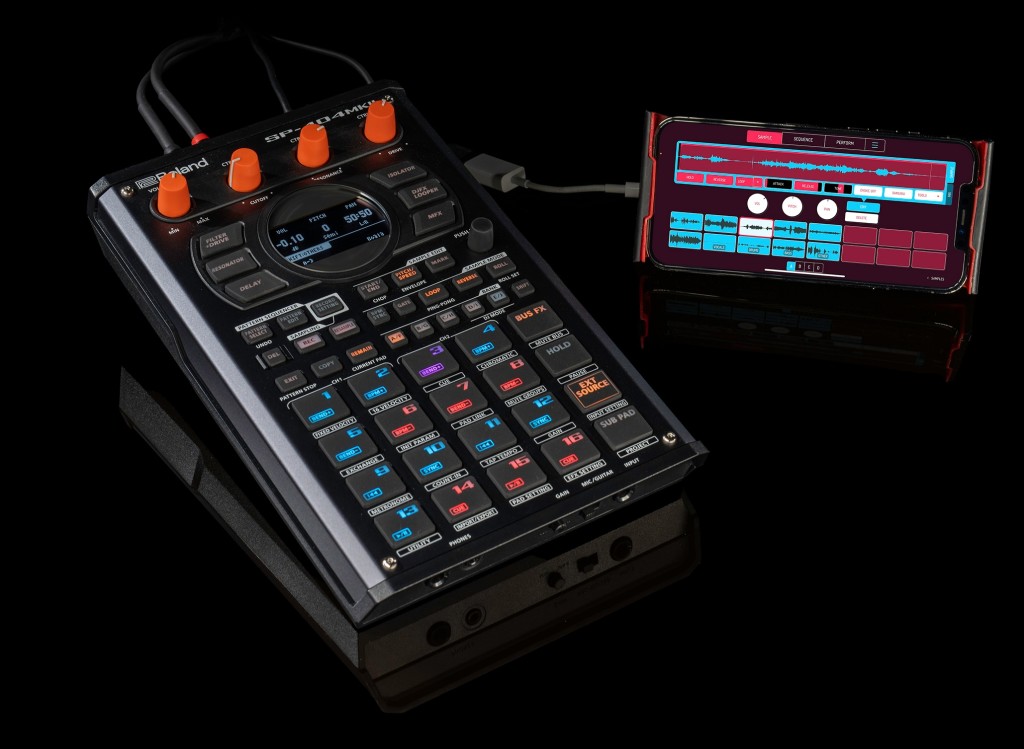
Koala app integration. This is a real surprise plot twist. Koala Sampler is an iOS and Android app with a 404-style workflow, minus the hardware. Of course, the downside there is you’re limited to touchscreens. Now, Roland has added integration via Koala controller mode. And you can now send audio between Koala and your 404 over USB – in both directions. That opens up the use of either for effects and sampling. I like that because it seems more likely you’d want an SP-404MKII onstage or in the studio – but also that it’s easier to whip out your phone or iPad on the road (like swapping over to a bus or plane).
USB connections are obviously really easy on iPhones and iPads with USB-C on them (or Android with the same), though older iOS devices can still use a Lightning adapter. I had a look at the manual; it’s plug-and-play. In controller mode, they’ve mapped pretty much everything – you can swap between modes, open edit pages, loop/reverse, control settings and monitoring, tweak tone, the works. You even get push-button access to inputting audio from the mobile device.
It’s also all an interesting way to respond to this:
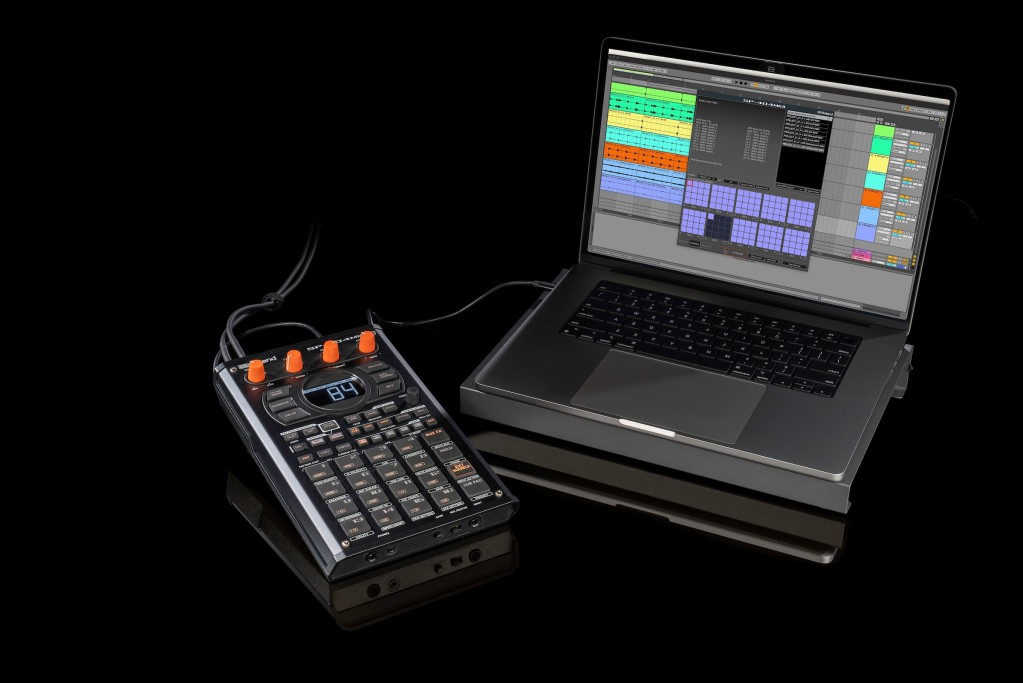
Multipad Export. If going 404 to DAW is more your jam, you can now send all or selected pads of a pattern as individual multitrack audio – ideal if you want to finish a track in your DAW or hand it over to someone to remix. The 404 has always been a great sketchpad, but not all of us are hardcore enough to finish tracks on it — solved.
It’s all nice and simple, too – it just drops WAV files on the SD card in the EXPORT folder.
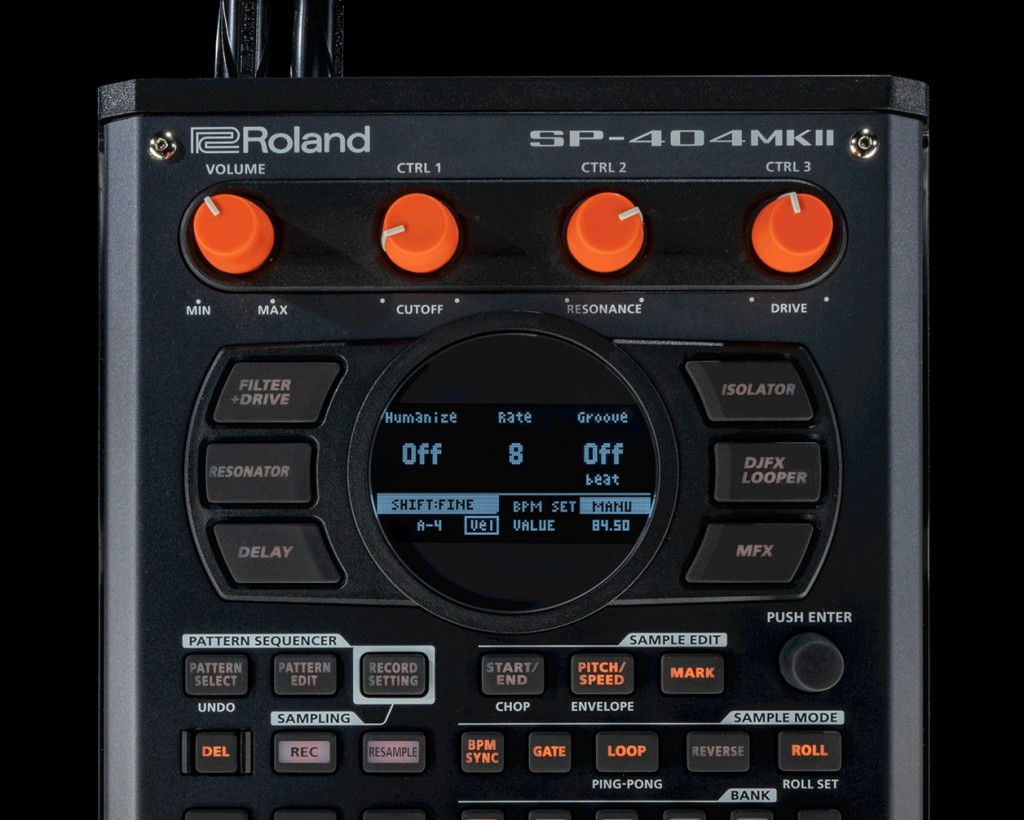
Groove. You can now add groove to audio and loops, a la VP-9000 VariPhrase.
Here’s how it works. Hit PITCH/SPEED, then ROLL, and you get a new groove parameter screen. That maps everything to knobs, with humanize, rate, and groove template. Each template (8-beat / 16-beat) then has its own swing strength and timing. That hardware-style, hands-on approach from the VariPhrase perfectly fits the “play, don’t edit” style of the 404.
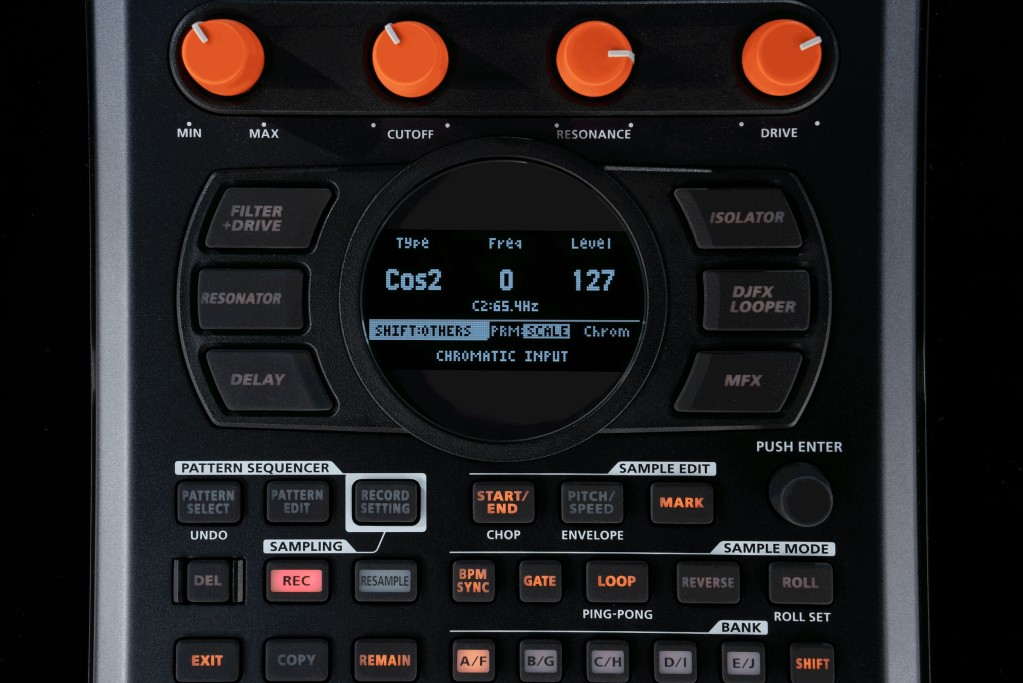
Sound Generator. There’s also an internal sound generator with 15 different waveforms. That doesn’t make the SP-404 a workstation synth or something, but it does mean you can generate basslines and melodic parts — and I’m sure 404 users will embrace some of the limitations here.
Included: sine (1/2), cos (1/2), saw, saw+, saw 2, triangle, pulse, pulse+, noise 1, noise 2. You actually generate waveforms and then export those to the pad – so SHIFT+[CTRL 2], for instance, sets duty cycle, and you use value to set scale (chromatic/pentatonic), note, octave, envelope, and precise tuning … this is just wild. Only a 404 would work this way; see above. You’ll either hate this or love it, but if you’re already on board with the 404 way of doing things, I suspect it’ll be the latter – and actually instead of endlessly tweaking a synth, it quickly gets you into that 404 zone of messing with pads to generate ideas quickly.
Workflow improvements. They’ve also improved workflow with Preset Measure Sampling, TR-REC Microscope Editing (note-by-note editing with pitch/velocity timing), Sample Merge (merging down multiple pads to a single pad, up to four pads), and Bounce Pattern Chains.
Here’s a look at micro-editing (Microscope):
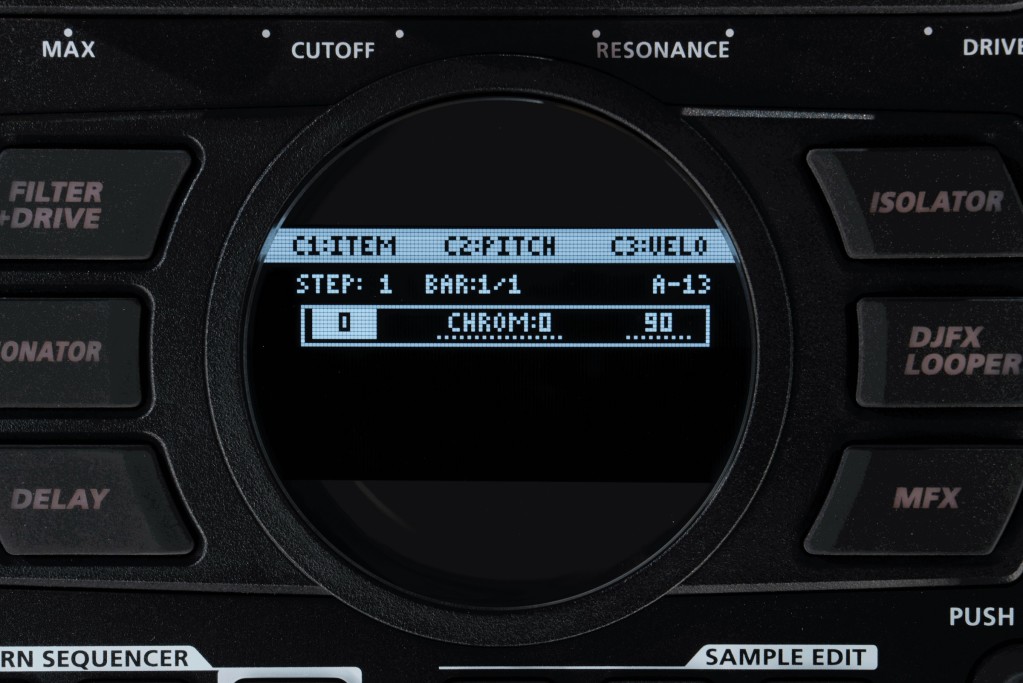
And a quick run-down on what this means:
PRE-SET measures is big – this is what some hardware/software calls fixed length. Use SHIFT+9 to switch the metronome on, press REC or RESAMPLE, and each now lets you use the C2 knob to change the length.
Also here:
Merge samples. Merge up to four samples into a single sample for layering and complex loops and whatnot – with options (selected by CTRL 1) for either sum or multiply. Sum mixes pads into a single pad, which can also free up pads if you want. Multiply I did not expect – it modulates one pad with another, apparently convolution-style. CTRL 3 sets volume for each pad when you merge. Then you just hit the pad you want as the target to finish the operation.
Bounce Pattern Chains renders whole arrangements into a single audio file – it’s a mixdown feature (so nicely complements the multitrack pad export for when you just want the stereo bounce).
SP-404SX/A conversion. Yep, you can now bring in your old projects on the hardware, without touching the infernal computer.
TR-REC tap recording for real-time rhythms while you’re in TR-REC mode – also wild.
And:
- Level meter while sampling
- More rhythmic interval choices for rolls
- Roll record on the pattern sequencer
- SD card import in DJ mode
- Delay MFX DJFX (which works as you perform and resample)
- You can finally sequence external hardware without having to put samples on pads – so empty pads now record into patterns
- More scales in Chromatic Mode: Chromatic, Major, Minor, Dorian, Phrygian, Major Pentatonic, Minor Pentatonic (I will forever hear a high school jazz teacher from Indiana saying “fridge – in”)
- Per-bank pad colors
- External MIDI now starts and stops recording (finally)
- Set gate/loop/reverse as you import
- Rename files on the hardware, both for samples and projects
- Sample import/export and automatic BPM detection now no longer block other processes
Someone did a lot of work on this. Kudos.
Download:
https://www.roland.com/global/products/sp-404mk2/downloads/
David covered the V3 firmware this time last year (that arrived in March, not April):
And then shared these great tips on 404 Day 2023, as a refresher:
And here’s your 404 timeline/guide:
And Roland has added an extended video for V4: